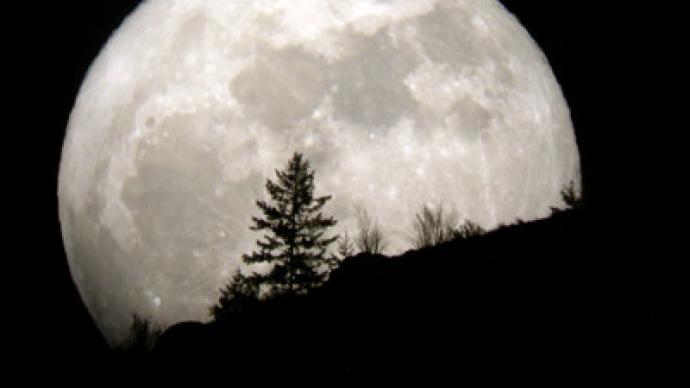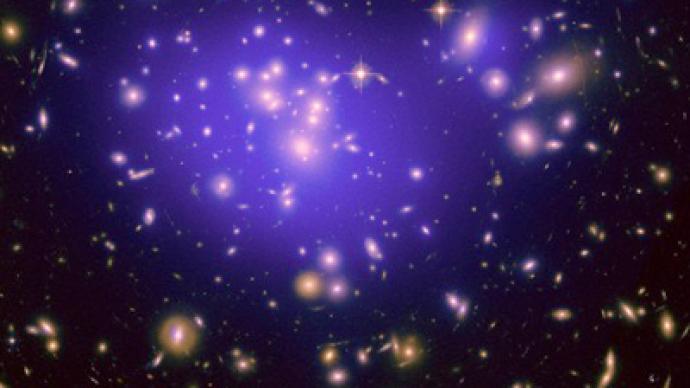‘Once in a blue moon’ might not be so rare – or blue, for that matter. But two full moons in one month is nothing to scoff at, even if the event’s somewhat misleading title leaves many wondering if their eyes can see color properly.
That’s right: While many people awaiting nightfall on Friday may have been expecting the moon to look like a great big blueberry in the sky, the phrase ‘blue moon’ actually refers to the occurrence of an extra full moon in a calendar cycle, though it has popularly come to signify two full moons happening in the same month.Since the average lunar cycle is around 29 days long, while the average month is around 30, the two cycles slowly fall out of sync until a blue moon occurs.The term first entered the popular lexicon in 1946, when an amateur stargazer named James Hugh Pruett wrote for ‘Sky and Telescope’ magazine about two full moons occurring in August 1937. He referred to the seemingly rare phenomenon as happening only “once in a blue moon.”Ironically, Pruett was poetically right, but factually askew. As it turned out, 1937 only had 12 full moons, and the full moon in question – which actually fell on August 21 – was not the second full moon for that month.But the phrase stuck, even though it takes place every 2.7 years or so, making actual blue moons far more common than figurative ones. The next one is expected to take place on July 2015.
One special part of last night’s blue moon was that it served as a fitting moment to pay tribute to the first man who ever walked on it: Neil Armstrong, who died last week, was laid to rest on Friday. His family hoped that America’s most famous space cowboy would be remembered by all those who looked up in wonder as day turned to night.“When people see the moon smiling down at you, think of Neil Armstrong and give him a wink," the family said in a statement released after his death.However one chose to spend Friday’s lunar event, one thing is for certain: The giant leap Armstrong took for mankind in 1969 is the type of achievement that indeed only happens once in a blue moon.



